By Clint Whitworth
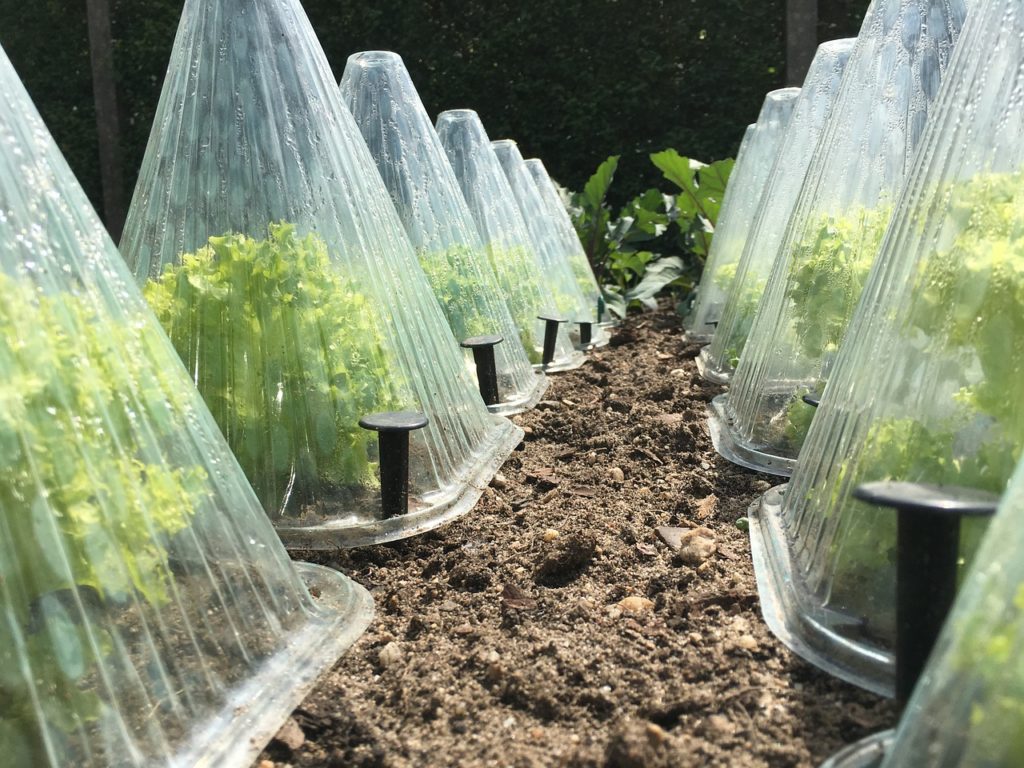
If you’re looking to grow your own food to reflect your lifestyle, veganic gardening may be for you. Veganic gardening, simply put, is organic gardening without the use of animal products. It’s also called conscious gardening since it involves avoiding any products that exploit animals. That includes things such as manure made from animal waste, and fertilizers with ingredients like bone meal and blood meal. Here are six tips to help you get started.
1. Let Your Diet Be Your Guide
Now that you’ve decided to start a veganic garden, use your diet to choose what you’ll grow. Start with the fruits and vegetables you eat the most. Choose some protein choices as well. Soybeans, sunflower seeds, and legumes are a few options you can grow in your backyard. If you’re new to gardening, it’s a good idea to start small and expand once you know it’s something you’ll enjoy. Get acquainted with the USDA hardiness zone in your area. This will be your guide on which fruits and vegetables will thrive in your climate.
2. Go Vegan With Your Fertilizer
It’s an easy leap to swear off chemical fertilizers and go organic. It’s a bit tougher to go vegan with these products. Many organic fertilizers include animal byproducts. Animal manure, for example, contains anything the animal has eaten, and that can include antibiotics and chemical additives. Popular organic fertilizers use animal blood and bone. Alternatives include compost, green manure, hay, and seaweed.
3. Compost
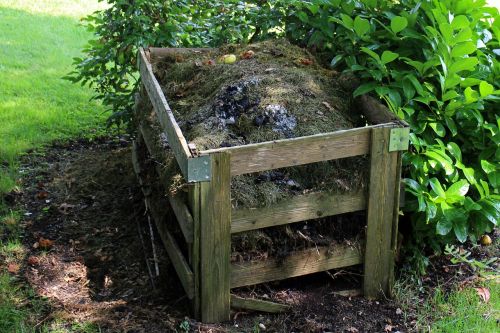
Speaking of compost, it’s time to embrace this natural wonder if you haven’t already. Turn your food scraps and other waste into spectacular garden fertilizer. Composting keeps your leftovers and lawn scraps out of the landfill and returns the nutrients they contain to the soil. Keep it vegan by leaving eggshells, meat, bones, and other animal waste out of your compost pile.
4. Green Manure
Green manure also helps return nutrients to the soil. This type of organic fertilizing involves growing a plant or crop to turn back into the soil. The plants break down in the soil, giving it extra organic matter and important nutrients. This practice will help boost plant growth. It will also promote better soil drainage and water retention. Popular plants to use are annual ryegrass, clover, alfalfa, and winter wheat. Grow these plants between seasons, allowing them to return to the soil before sowing seeds for your new crops.
5. Mulch
Cover your veganic garden with organic mulch such as grass cuttings, hay, or leaves. Like compost and green manure, mulch helps return nutrients to the soil. It also helps the soil retain moisture by limiting evaporation, and it shields the soil from the sun during the hottest summer months.

6. Pest Control
There’s no place in a veganic garden for chemical pesticides. Still, you want to protect your crops from pests as much as possible. Consider fencing, row covers, or netting to keep out unwanted critters. Companion planting can help deter harmful insects. For example, bugs hate the smell of basil and other fragrant herbs like oregano, rosemary, and mint. Plant them among your edible crops, around your garden’s border, or in a pot to place near plants you want to protect.
Use these tips to take your food choices from your plate to your garden. By growing a veganic garden, you’ll know your food fits your lifestyle from the moment you plant it to the moment it reaches your table.
Clint Whitworth is a retired real estate agent who alternates spending time between his cabins in Colorado and Wisconsin. He enjoys fishing, hiking, skiing, and growing an eco-friendly vegetable garden on both properties.
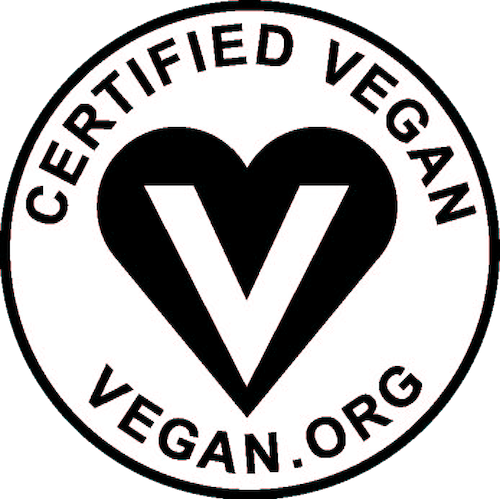
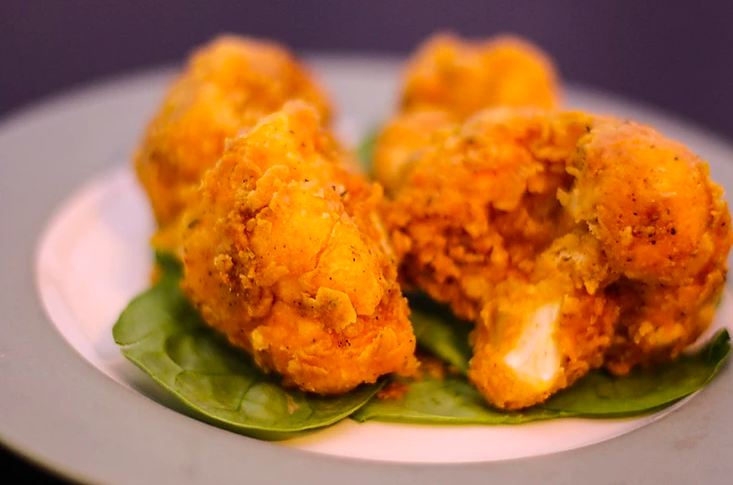




About The Author: Vegan Action
More posts by Vegan Action